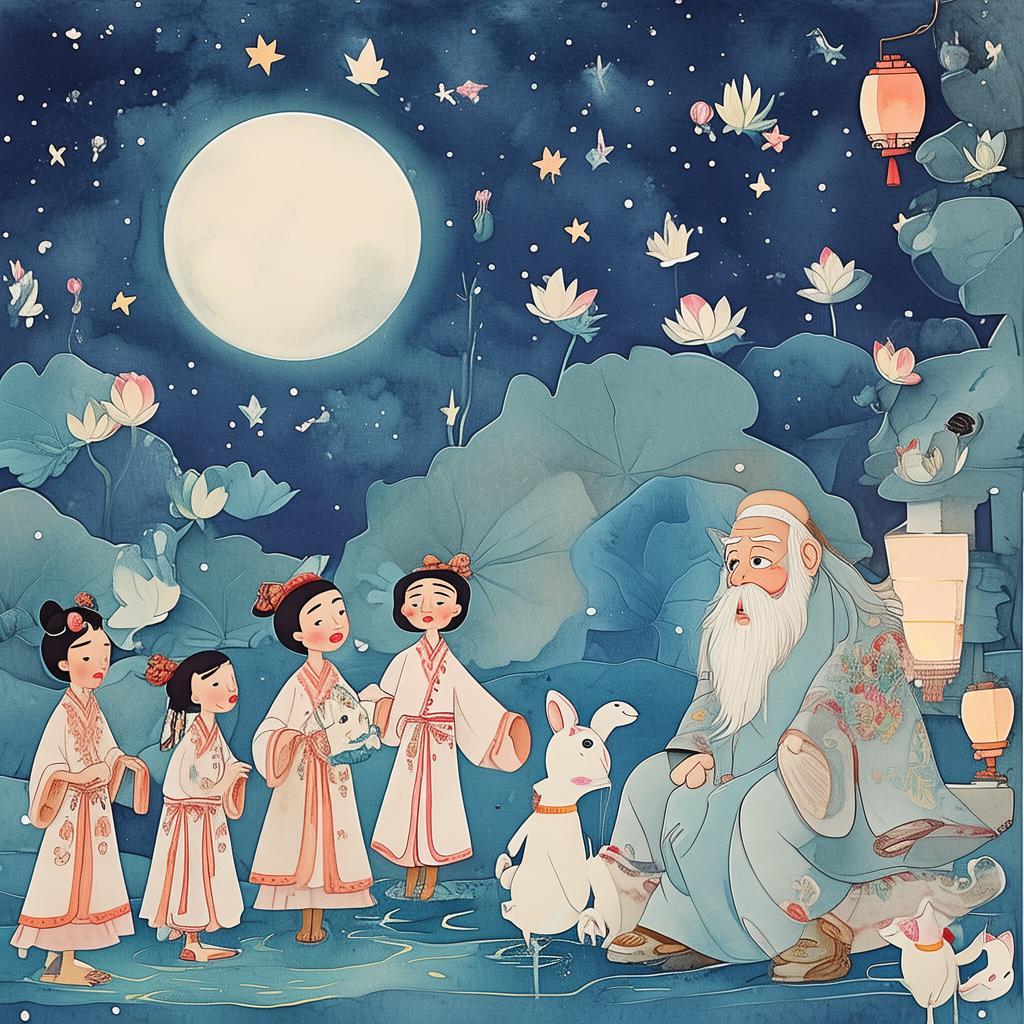Whispers in the Wet Clay: The Haunted Hobby
In the quaint town of Willow Creek, nestled between rolling hills and whispering forests, the art of pottery had become a cherished pastime for its residents. The Willow Creek Pottery Studio, a quaint building with a sign painted in vibrant red letters, was the heart of this community. People came from miles around to learn the craft, to share stories, and to create works of art that would bring them joy and perhaps even serve as family heirlooms.
One evening, as the sun dipped below the horizon, casting long shadows across the studio, a group of pottery enthusiasts gathered for their weekly class. Among them was a young woman named Eliza, whose hands moved with a deft grace as she molded the soft clay into a delicate teapot. She was a novice, but her passion was evident in every stroke of her fingers.
Eliza had always been drawn to the studio, not just for the art, but for the sense of community it fostered. The air was filled with laughter and chatter, the clink of ceramic tools against clay, and the occasional crackle of a fire in the studio's small fireplace. It was here, in the warmth of this place, that Eliza found her sanctuary.
As the class progressed, a strange noise echoed through the studio—a sound like whispers carried on the wind, barely audible but impossible to ignore. It started with a gentle murmur, then grew louder, as if a crowd of voices were being held at bay. The class fell silent, all eyes turning toward the source of the noise.
The whispers grew louder, and Eliza felt a chill run down her spine. She glanced at the instructor, whose face was pale and filled with a mix of fear and awe. "It's not just us," the instructor stammered. "It's happening to everyone."
The whispers reached a crescendo, and the room seemed to vibrate with the intensity of the voices. Eliza felt as though she were being pulled into a void, and she knew she had to find the source of the sound. She left the class, her heart pounding in her chest, and wandered deeper into the studio.
The whispers grew more insistent, and Eliza's breath quickened as she followed them. She found herself standing before a large, old clay jar that was partially buried in the corner of the studio. The whispers seemed to emanate from within, and she felt a strange connection to the object, as if it were calling out to her.
With trembling hands, Eliza began to dig around the jar, careful not to break the fragile clay. She uncovered the top, and the whispers grew even louder. As she reached into the jar, her fingers brushed against something cold and hard, and she pulled out a small, intricately carved wooden figure.

The figure was of a woman, her eyes hollow and her mouth twisted in a silent scream. Eliza's heart raced as she held the figure, and she felt a chill seep into her bones. She knew she had to find out more about this figure and the whispers.
Over the next few days, Eliza delved into the town's history, seeking out anyone who might have information about the jar and the figure. She discovered that the pottery studio had once belonged to a local artist named Abigail, who had disappeared without a trace years ago. Abigail was known for her unique pottery, which was said to possess a mystical quality that brought peace and comfort to those who owned it.
Eliza's search led her to a dusty old library, where she found a journal belonging to Abigail. The journal detailed her struggles with an obsession that drove her to create her art at the expense of her sanity. Abigail had become consumed by the whispers, which she believed were the spirits of the clay itself, urging her to create.
As Eliza read the journal, she realized that the whispers were a manifestation of Abigail's mental turmoil, a haunting that had continued long after her death. The wooden figure was a piece of Abigail's final work, a representation of her despair and her connection to the clay.
With a heavy heart, Eliza decided to destroy the figure and the jar, hoping to put an end to the whispers and to honor Abigail's memory. She gathered the pieces and took them to a secluded spot in the forest, where she buried them beneath a thick layer of earth.
As she stood there, the whispers began to fade, and a sense of peace settled over her. She knew that she had freed the spirits of the clay, but she also felt a deep sense of sadness for the life Abigail had led.
Eliza returned to the pottery studio, where the community had gathered to support her. She shared her story, and together they vowed to remember Abigail and to continue the tradition of pottery with a newfound respect for the art and the spirits that had been so closely entwined with it.
The whispers in the wet clay had ended, but the legacy of Abigail lived on, and the Willow Creek Pottery Studio remained a place of creativity and community, where the true spirit of art could thrive.
✨ Original Statement ✨
All articles published on this website (including but not limited to text, images, videos, and other content) are original or authorized for reposting and are protected by relevant laws. Without the explicit written permission of this website, no individual or organization may copy, modify, repost, or use the content for commercial purposes.
If you need to quote or cooperate, please contact this site for authorization. We reserve the right to pursue legal responsibility for any unauthorized use.
Hereby declared.









